Kyushu, the southernmost of Japan's four main islands, boasts a culinary landscape as rich and diverse as its storied history.
From the bustling streets of Fukuoka to the tranquil shores of Kagoshima, Kyushu cuisine captivates with its harmonious blend of time-honored traditions and innovative flavors.
At the heart of this gastronomic tapestry is Hakata, a city that has transformed into a culinary haven, epitomizing the very essence of Kyushu's culinary delights.
Take, for instance, the meticulous preparation of live sashimi known as ikizukuri, or motsunabe, a flavorful hot pot dish.
Fresh sugatazukuri seafood transports diners to the ocean's depths.
Each bite within Hakata's izakaya tells a tale, inviting diners on a delectable journey through Kyushu's rich culinary heritage.
かこみ庵博多駅 筑紫口店 / Kakomian Hakata
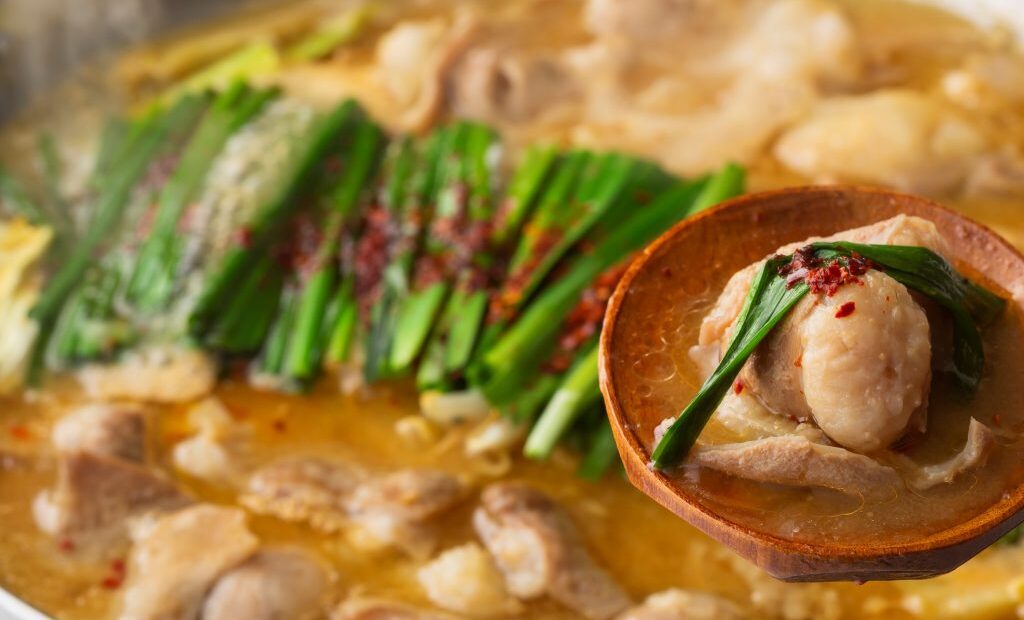
Nestled in the heart of Hakata, "かこみ庵博多駅 筑紫口店 / Kakomian Hakata" invites you to embark on a sumptuous culinary journey celebrating the rich flavors of Japan's southern island, Kyushu.
Here, you'll discover an izakaya that has mastered the art of motsunabe and wagyu, both staples of Kyushu's unique gastronomic landscape.

Stepping through its doors, you're enveloped in the warmth of its intricately designed wood interior.
The private rooms, suited for both intimate gatherings and larger parties, set the stage for a relaxed and immersive dining experience.
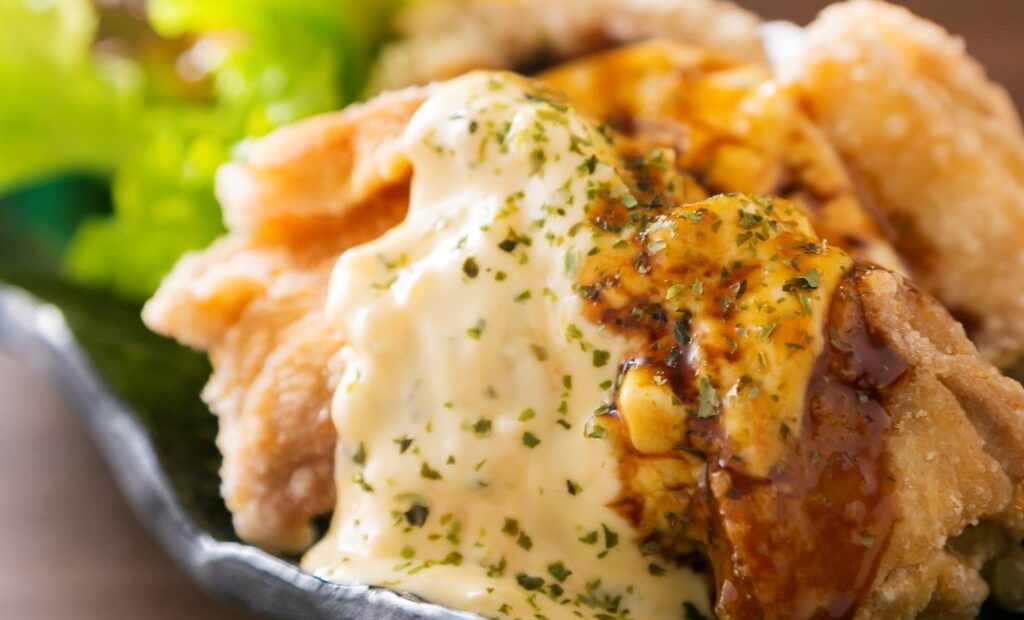
For the adventurous, the motsunabe—often celebrated as a hot pot dish for the bold—is an unmissable delicacy.
But there's more.
The chicken nanban, a delightful fusion of deep-fried succulence drizzled in tangy sauce and paired with tartar, promises a burst of flavors that many across Japan have come to adore.
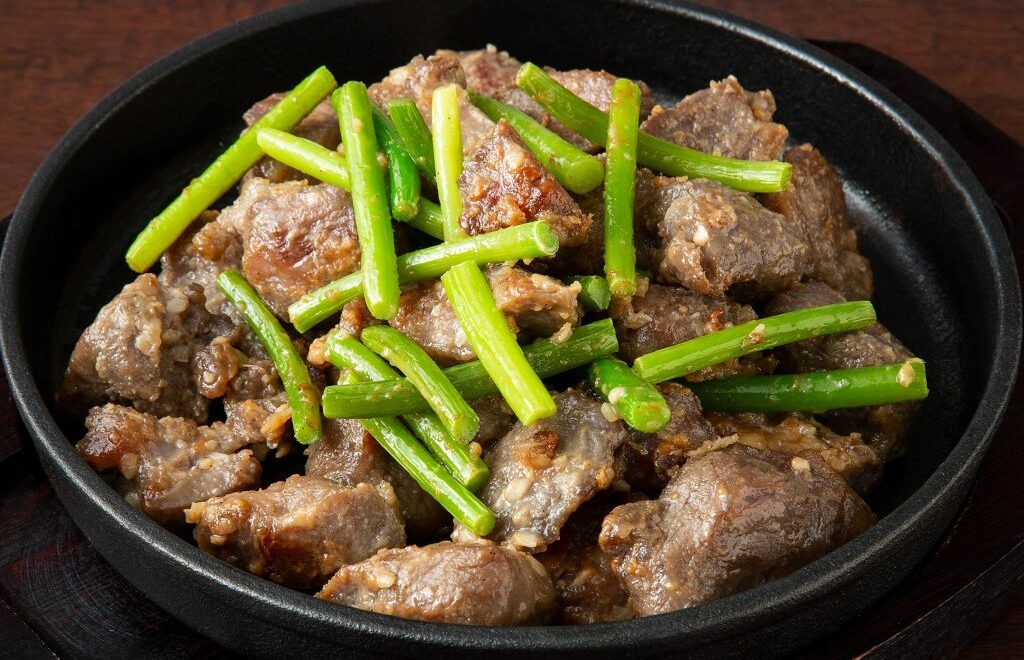
Seafood enthusiasts are in for a treat with a rotating menu featuring the freshest catches of the day, while the teppanyaki pig jaw offers a mouthwatering exploration of textures and flavors.
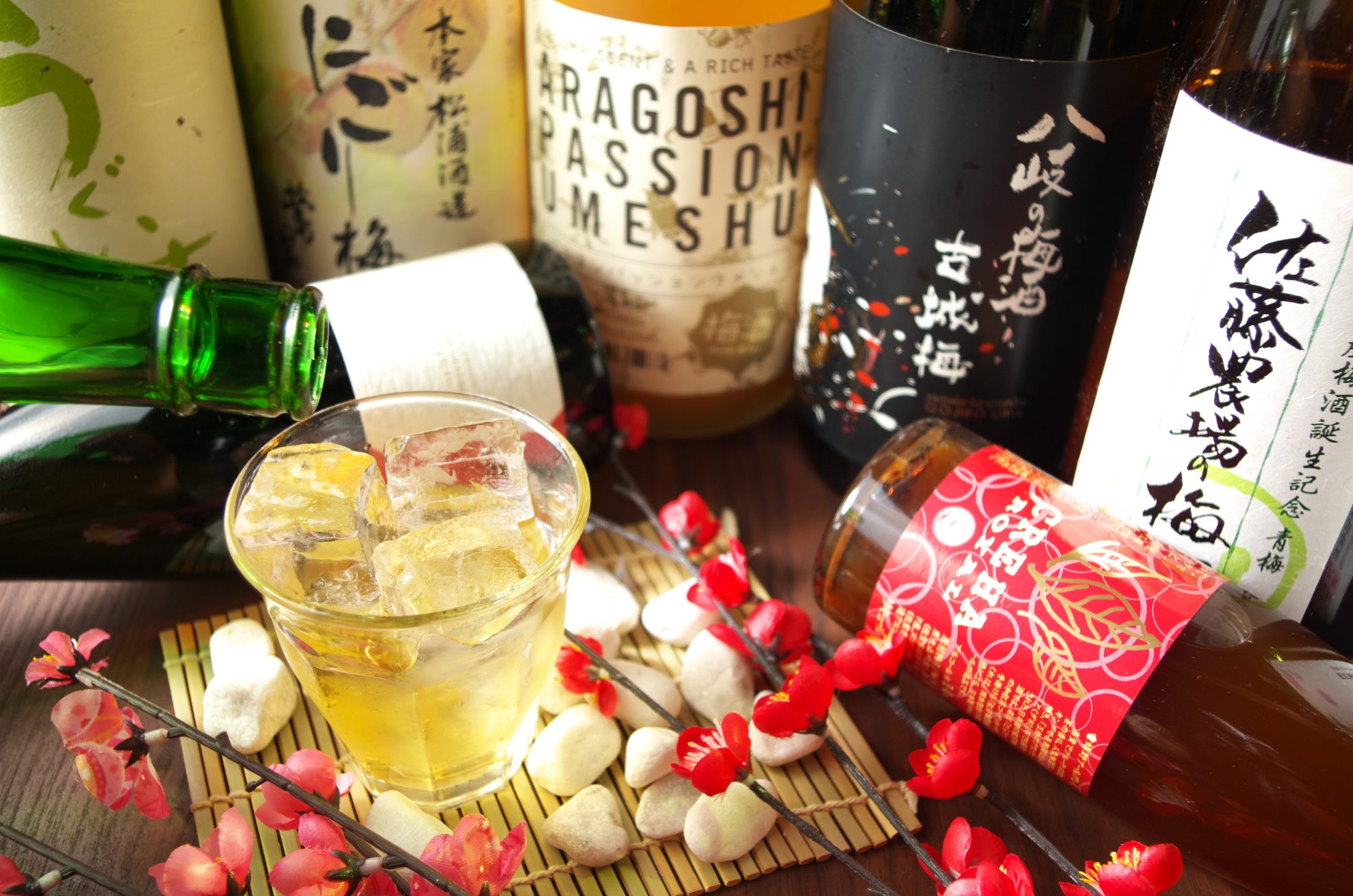
From sips of crisp draft beer to the sweet and sour notes of the popular Japanese lemon sour, your beverage choices are diverse and delightful.
However, if you're inclined towards traditional spirits, their extensive menu of Kyushu shochu, a milder cousin of vodka, promises an authentic experience.
Add to this their selection of sake and wine, and you're set for an evening to remember.
和たつ美 博多本店 / Watatsumi Hakata
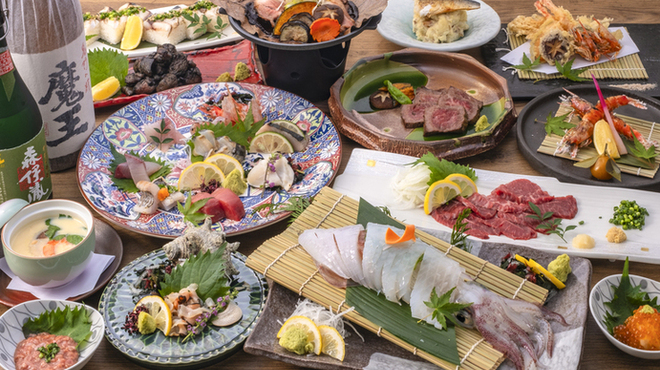
Experience the profound depths of the ocean's bounty at "和たつ美 博多本店 / Watatsumi Hakata", an izakaya that stands as a beacon for seafood, sashimi, and sake enthusiasts.
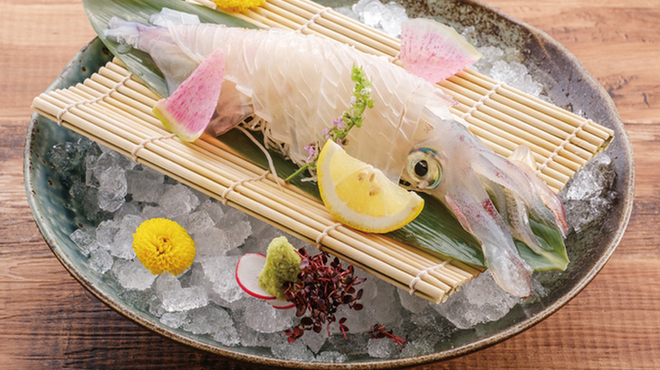
Beyond its promise of fresh, high-quality produce, "和たつ美 博多本店 / Watatsumi Hakata" introduces diners to the centuries-old tradition of sugatazukuri.
Picture this: choosing a mackerel or squid from a live tank, and then witnessing its transformation into an artful plate of freshness.
Sugatazukuri, translating to “preserving the original form of the fish,“ offers diners not just a meal, but an immersive spectacle—a dance of precision and skill.
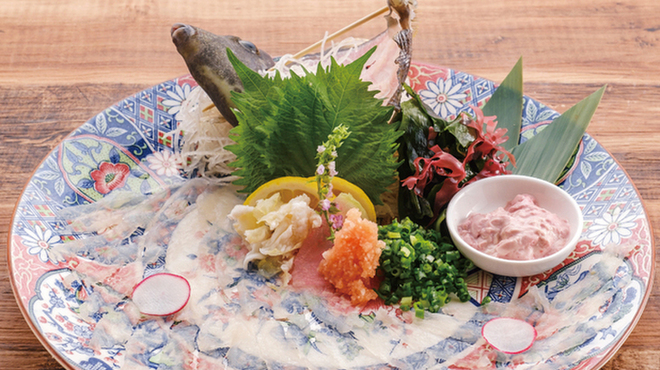
In Japanese culture, freshness isn't just a preference; it's a deep-seated value rooted in history, tradition, and an intrinsic respect for nature.
Being an island nation, Japan has always been closely intertwined with the sea, which has fostered an appreciation for the bounties it provides.
Fresh seafood represents the purest taste of the ocean, untainted and unaltered.
This dedication to freshness not only preserves the natural flavors and textures of the seafood but also respects the life that was given.
At "和たつ美 博多本店 / Watatsumi Hakata", this reverence for freshness is evident in every dish, from the live sashimi to the sugatazukuri, capturing the essence of the ocean in each bite and honoring the time-honored values of Japanese culinary tradition.
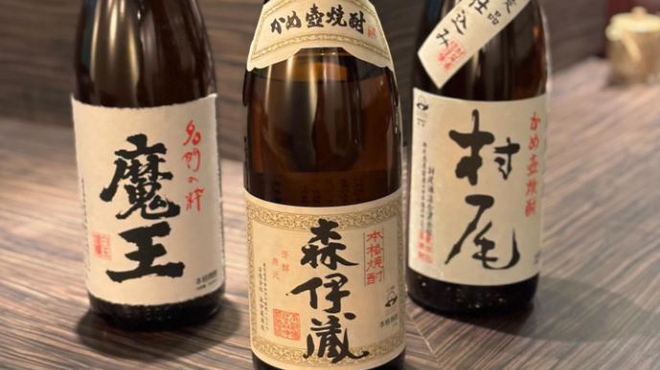
And while the seafood is undoubtedly the star, the ambiance is no less remarkable.
The comfort of private rooms, combined with a vast collection of sake and shochu sourced from all corners of Japan, ensures an evening that's as memorable as it is flavorful.
博多 魚蔵 / Hakata Uokura
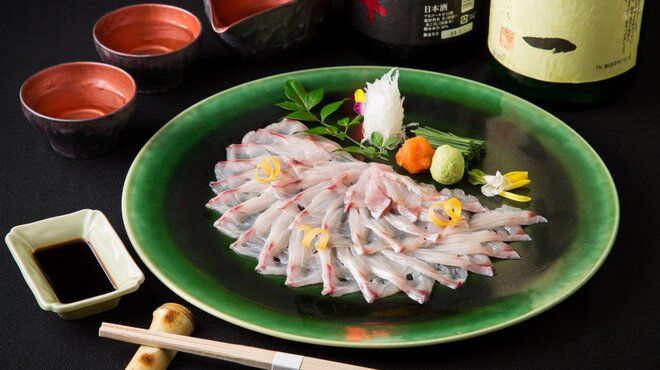
Sophistication and tradition meld seamlessly at "博多 魚蔵 / Hakata Uokura", an izakaya that wears its love for washoku, seafood, sashimi, wagyu, and sake on its sleeve.
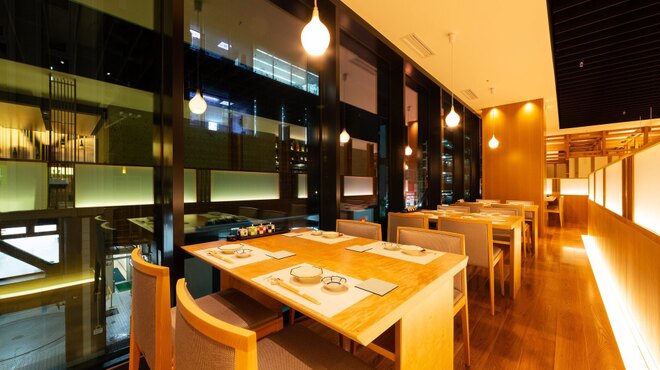
Set against the backdrop of an elegantly designed wood interior, "博多 魚蔵 / Hakata Uokura" offers a dining setting that's both modern and distinctly Japanese.
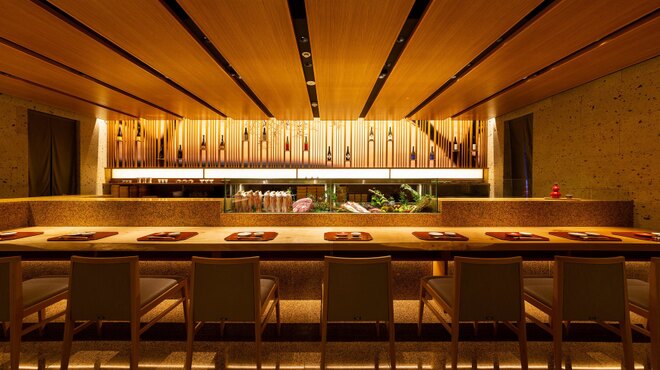
As you settle in, especially if you've chosen the counter seating, you're privy to a live culinary theater.
The chefs, armed with an array of fresh ingredients, craft dishes with finesse and flair.
A must-watch is the preparation of ikizukuri squid—a live sashimi preparation that's as much about the performance as it is about the exceptional freshness.
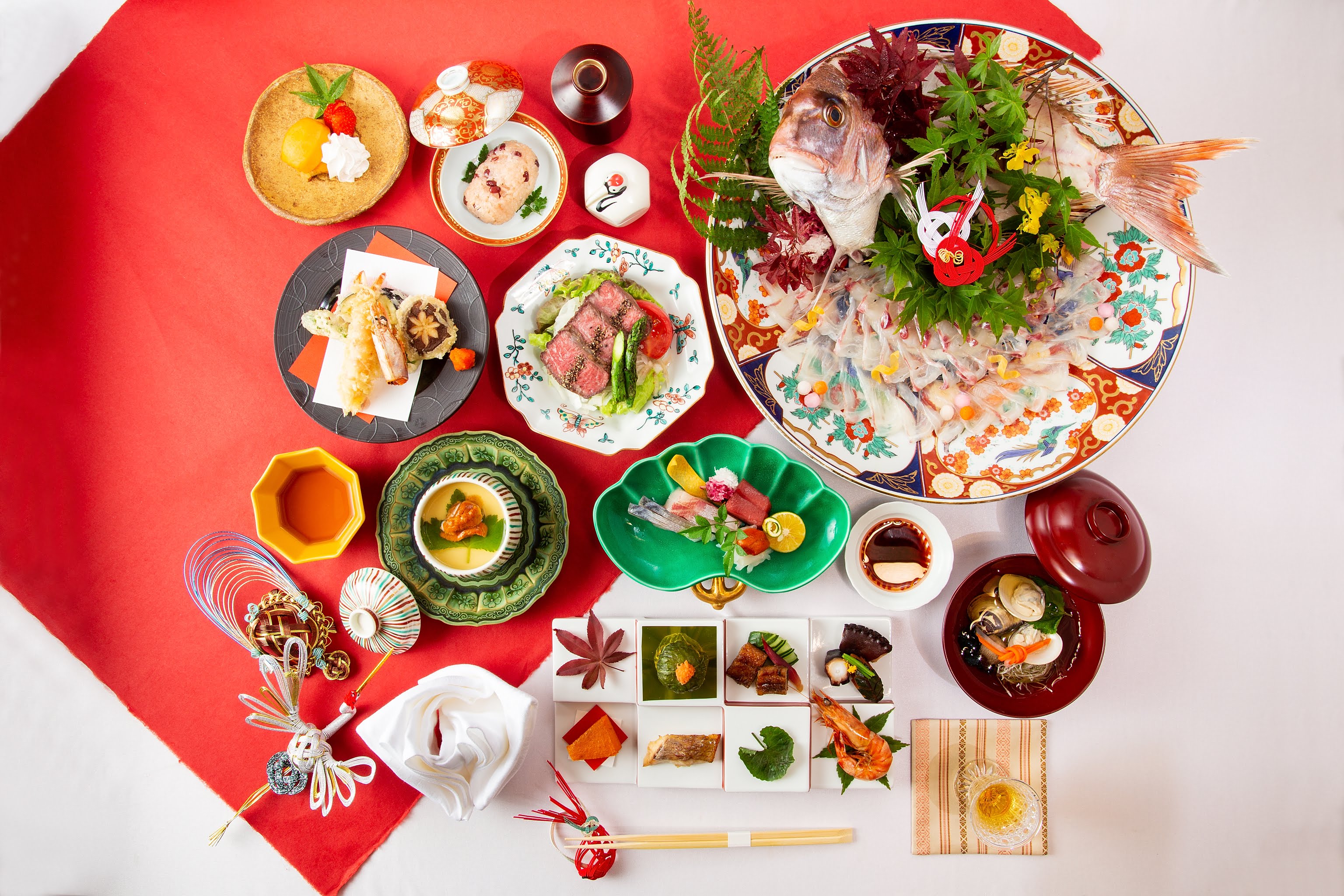
For moments that call for extravagance, courses starting at 10,000 yen, paired with unlimited drinks for an added 2,000 yen, fit the bill perfectly.
And to accentuate the flavors of the delectable dishes, their extensive collection of Kyushu sake plays the perfect companion.
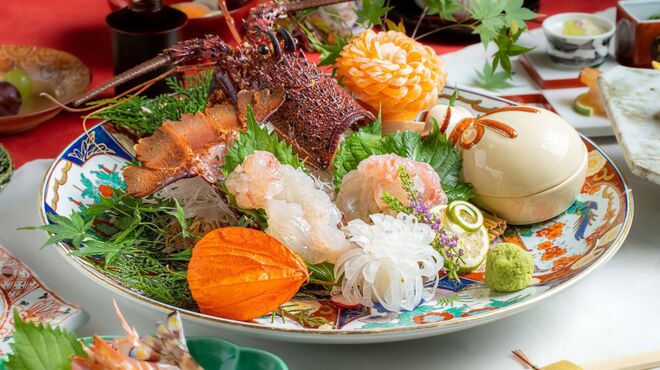
Kyushu sake stands out in the vast tapestry of Japanese rice wines, thanks to the island's unique geography, climate, and water sources.
Blessed with an array of natural springs, the water in Kyushu is soft, which lends itself to the production of sake with a smooth, rounded flavor profile.
The relatively warmer climate of Kyushu, compared to regions like Niigata or Hokkaido, influences the fermentation process, often resulting in a sake that has a slightly sweeter and fuller taste.
Additionally, the rich history of brewing in Kyushu, combined with its bountiful rice paddies, has led to the development of sake varieties that are distinct to the region.
When paired with seafood, like the offerings at "博多 魚蔵 / Hakata Uokura", Kyushu sake complements the flavors exquisitely, creating a harmonious balance between the drink and the dish.
In essence, while sake from different parts of Japan each has its merits, Kyushu sake brings a taste of the island's soul to the palate, reflecting its terroir and the craftsmanship of its brewers.
しろ屋 博多筑紫口店 / Shiroya Hakata Station Chikushiguchi
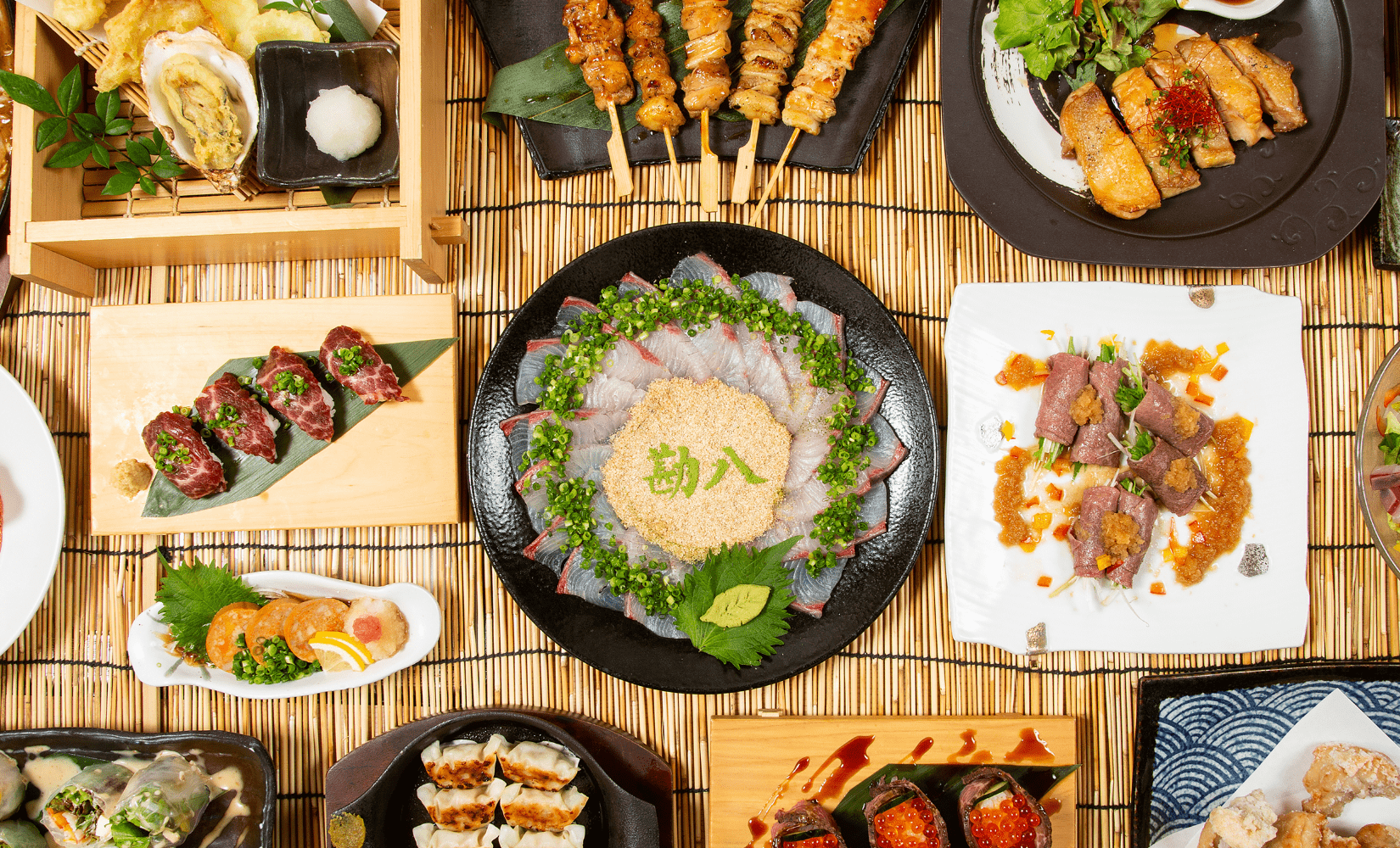
Steeped in tradition, "しろ屋 博多筑紫口店 / Shiroya Hakata Station Chikushiguchi" offers a culinary homage to Hakata's rich food tapestry.
This izakaya delights with its signature yakitori, washoku, Kyushu cuisine, and sake.
The ambiance, characterized by fusuma sliding doors adorned with Indian ink paintings reminiscent of ancient Chinese landscapes, is a visual treat.
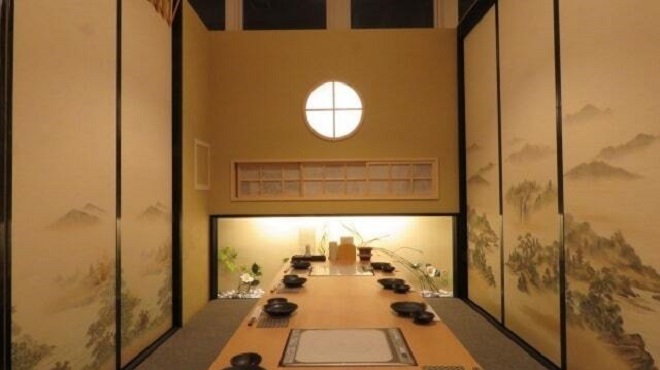
Fusuma doors are integral components of traditional Japanese interiors, serving as sliding partitions adorned with evocative paintings, often rendered in Indian ink.
These doors artfully redefine and segment spaces within rooms, blending functionality with aesthetic appeal.
The paintings on fusuma, whether they depict serene landscapes, scenes from history, or flora and fauna, mirror the Japanese ethos of harmony, balance, and profound respect for art and nature.
At "しろ屋 博多筑紫口店 / Shiroya Hakata Station Chikushiguchi", the fusuma accentuate the dining experience, immersing patrons in a setting deeply rooted in Japanese architectural and artistic heritage.
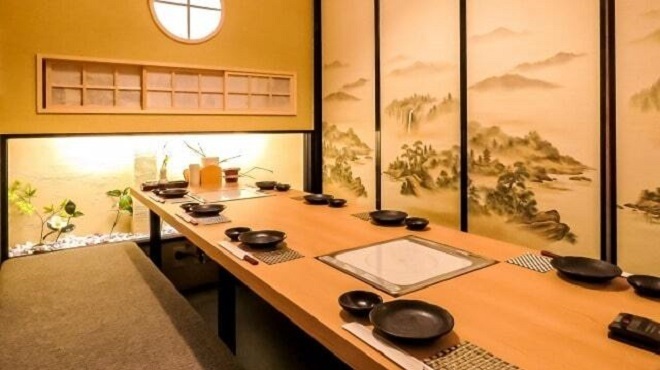
Dive deeper into the traditional ethos with private rooms featuring horigotatsu—a low table set over a recessed floor, allowing diners to stretch their legs while maintaining the traditional seated posture.
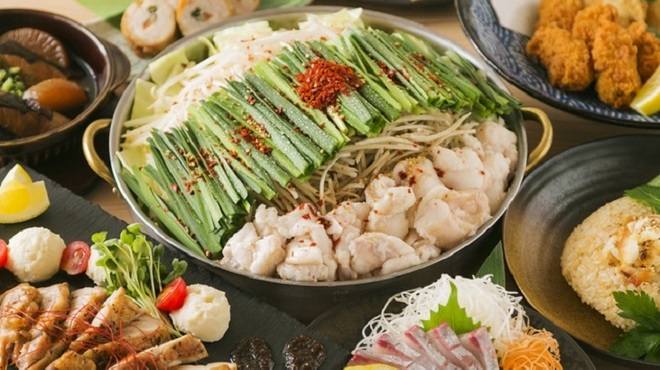
Such attention to detail and authenticity extends to the menu.
Motsunabe, a flavorful hot pot dish hailing from Kyushu, promises warmth and comfort, while the gomasaba mackerel and gomakanpachi amberjack, both seasoned with a delightful sesame sauce, offer a tantalizing play of flavors.
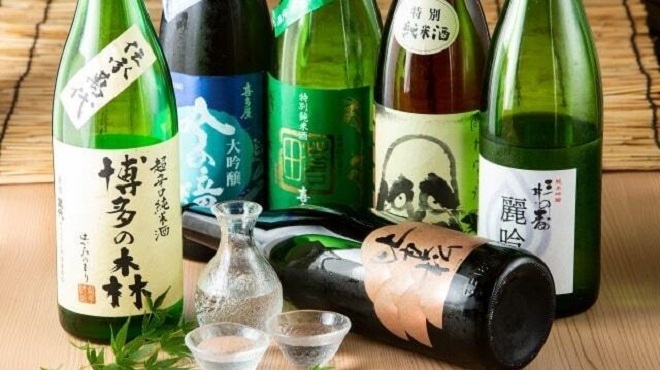
For those leaning towards classics, the yakitori, gyoza, chicken karaage, and tempura promise to satiate.
Each dish finds its match in the curated selection of Kyushu sake, elevating the dining experience to an art form.
博多居酒屋 どげん海 / Dogenkai Hakata
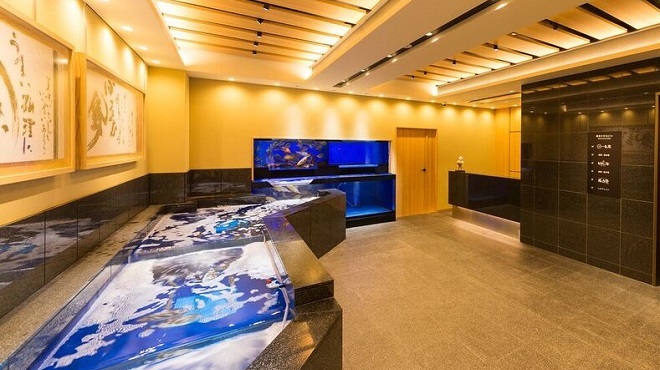
At "博多居酒屋 どげん海 / Dogenkai Hakata", space and flavor converge to craft an unparalleled izakaya experience.
The high ceilings lend a sense of grandeur, complemented by a color palette that exudes warmth and luxury.
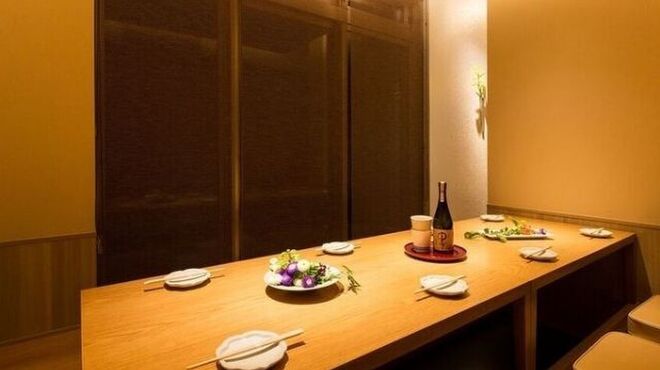
As you navigate through the 41 private rooms or opt for counter seating, perhaps beside the mesmerizing fish tank, you're reminded of the establishment's commitment to bespoke dining experiences.

Freshness is a creed here, with seafood sourced from eight nearby ports and housed live, ensuring unparalleled quality and taste.
A must-try is the ikizukuri dishes, especially the squid, which offers a deep dive into the art and precision of live sashimi preparation.
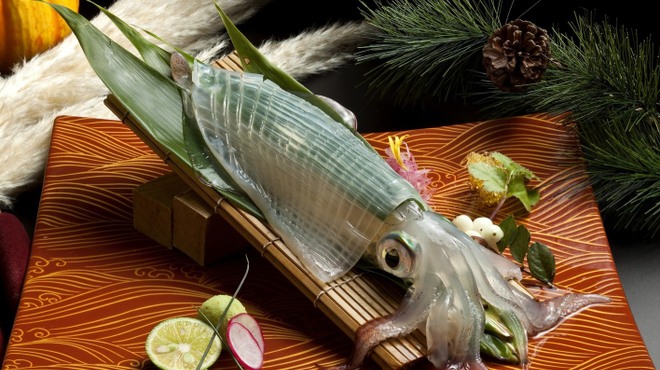
The springy chicken, with its delicate flavors, and the soft, sweet-toned pork shabu-shabu stand testament to "博多居酒屋 どげん海 / Dogenkai Hakata"s culinary prowess.
Each ingredient, carefully curated and locally sourced, shines in its own right.
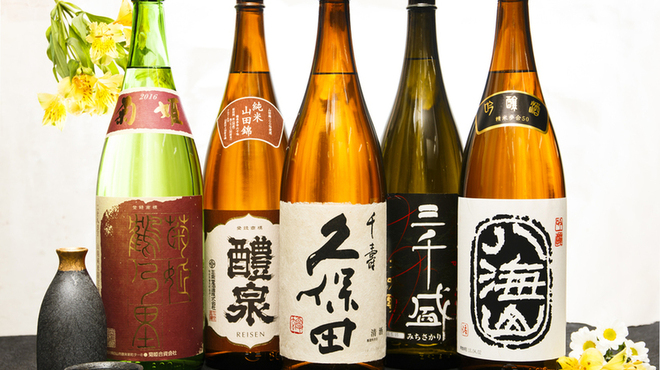
As for beverages, the shochu—a distilled spirit with a lighter profile than vodka—offers an authentic taste of Japan.
With an array of craft shochu products, sake brews, and other beverages, the drink menu is as expansive as it is exquisite.
Features of Hakata
Kyushu's culinary journey, as told through the lens of Hakata's finest izakaya, is a testament to Japan's unparalleled ability to meld tradition with innovation.
Whether you're savoring the depth of flavors in a bowl of motsunabe, captivated by the artistry of ikizukuri, or soaking in the ambiance of traditional horigotatsu seating, you're experiencing a slice of Kyushu's soul.
These establishments not only serve food; they offer an immersive dive into the heart of Kyushu culture, each bite a narrative of its rich heritage and an invitation to explore further.
So, the next time you find yourself in Hakata, remember that you're not just dining—you're partaking in a storied tradition that has evolved over centuries yet remains as authentic as ever.
Written by Farrell
American translator, writer, and photographer based in Kyoto for over 20 years.
Has traveled extensively across Japan and sampled a wide range of the country's cuisine, sukiyaki being his favorite so far.
Enjoys finding excellent yet affordable food in suburbs and other locales away from the popular sightseeing spots.
His photography focuses on the harmonious blend of modern and traditional in Kyoto and elsewhere in Japan.
Avid baseball fan.
Go Hanshin Tigers!



